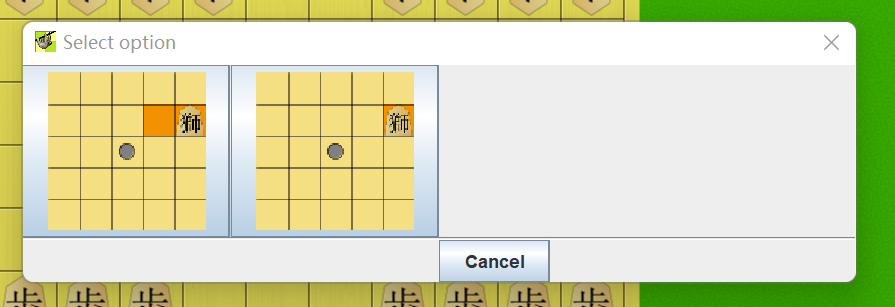Just an infodump, I'll try to keep it relevant to the topic.
Pieces and information: https://en.wikipedia.org/wiki/Chu_shogi
Example game (Korsner-Hingley), embedded in English site (kifu attached, Japanese notation) korsner-hingley.txt
Chu Shogi Renmei kifu selection (Japanese)
The JS that powers all of the above browser chu shogi interfaces: https://www.chushogi-renmei.com/DHTML/kifu/dhtmlcb2.js
Correspondence chu shogi games server (English) (?!) (games there are in western notation)
Of course H. G. Muller has a Chu Shogi AI and by extension, some version of Winboard supports it.
As far as I can tell, there isn't a widely adopted standard... but maybe that's just me being ignorant. As far as I can tell, after 81Dojo's support for chu shogi died with Flash, the current activity (Japanese or otherwise) is mostly on https://sdin.jp/
Oh, and a correspondence group that's somehow going very strong on chesscom, helmed by presumably a fairly strong player (they seem to have many, many years of experience, and are able to comfortably beat just about everybody there).
 I couldn't find any references to SFEN/FEN being used with chushogi anywhere, some mentions here perhaps:
I couldn't find any references to SFEN/FEN being used with chushogi anywhere, some mentions here perhaps: 



[Edit] 4th of October - testing some aspects of the implementation here: https://lishogi1.org/assets/sandbox/chushogi/index.html Please take a look around and if you have any feedback please leave a comment.